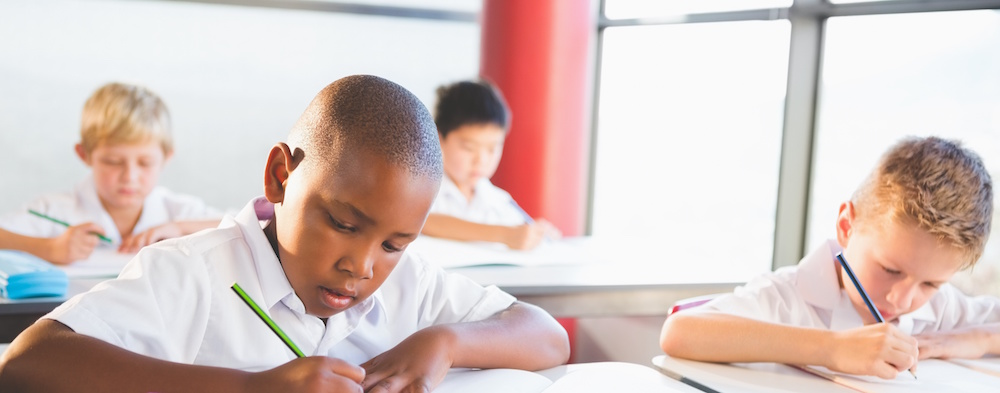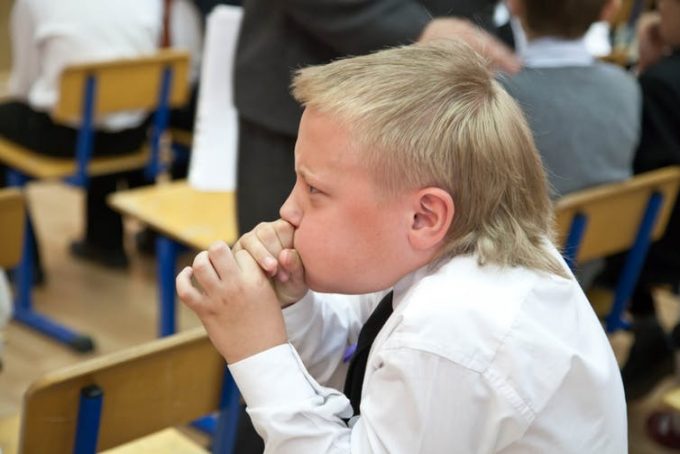A religious symbol, not a knife: at the heart of the NSW kirpan ban is a battle to define secularism

The New South Wales government has put a temporary ban on Sikh students carrying a kirpan in public schools. The kirpan is a ceremonial dagger baptised Sikhs carry to symbolise their duty to stand up against injustice.
The ban was put in place after a 14-year-old boy used a kirpan to stab a 16-year-old at a high school in Sydney.
NSW Premier Gladys Berejiklian said “students shouldn’t be allowed to take knives to school under any circumstances”.
But framing the controversy as whether or not students should be allowed to take knives to school oversimplifies a complex issue.
This issue is not just about knives in schools. It is also about what it means to be a secular school in a multicultural and multi-faith Australia.
Denied the ability to practise their faith
There is a long history of controversy over wearing religious symbols in Australian schools, both religious and secular.
In 2017 the family of a Sikh boy launched legal action against his school after the Christian college banned the boy from wearing a patka (a turban worn by children). The Victorian Civil Administrative Tribunal later ruled the school breached the Equal Opportunity Act.
In 2018 the Secular Party of Australia brought a case against the Victorian education department alleging the department had discriminated against a child by permitting her to wear “religious style clothing that covered her body, leaving only her face and hands exposed”. The case failed.
And in 2019 a Western Australian Catholic high school banned a Hindu girl from attending class after she had her nose pierced for cultural and religious reasons. After six weeks and many meetings, the school appeared to back down and allow the student back to class.

While some of these cases occurred in private and specifically religious schools, they all raise the same issue — to what extent do we accommodate the religious beliefs and practices of minority groups in our community?
In NSW, section 11C of the Summary Offences Act 1988 makes it an offence to carry a knife in a public place or school. The act provides a number of exceptions such as for the preparation of food, or for recreation or sport. Carrying a knife for “genuine religious purposes” is also an exception.
This exception is currently under review by the NSW government. In the meantime, a temporary ban has been put in place. As a result Sikh school children are being denied the ability to fully practise their faith.
What is a secular country?
Controversies like the kirpan ban often occur due to a fundamental disagreement about what a secular education looks like. Western secular democracies have taken two different approaches.
Australia’s government school system is secular. This does not mean it is, nor should be, religion free. Instead Australian secular education means a space where religion is one of many options. Countries that conform to this version of secularism are religiously plural.
In France, secular education means it is religion free. Since 2004 all religious symbols have been banned from state schools. The aim is to create a religiously neutral environment that supports state secularism.
Canada, South Africa and the United Kingdom have adopted a similar approach as Australia. In these countries, secularism means to permit, or even encourage, the expression of multiple faiths in schools to various degrees. The aim is to create a multicultural environment.

The kirpan is fundamentally a religious symbol. It is one of five markers of faith worn by baptised Sikhs, including kesh (unshorn hair symbolising respect for God’s will). Wearing the kirpan is not optional for baptised Sikhs.
The kirpan is similar to the hijab worn by some Muslim women, the kippah worn by Jewish men or the cross or crucifix worn by some Christians.
As the Supreme Court of Canada put it, describing the kirpan as a knife is “indicative of a simplistic view of freedom of religion”.
Banning the kirpan because it resembles a knife heads Australia down a path of religion-free schools. This would be inconsistent with Australia’s commitment to multiculturalism.
There are other options besides a ban
Instead of an outright ban, the NSW government and Australian schools more generally need to find ways to safely accommodate this important religious symbol. This does not mean there should be no restrictions.
In 2006 the Supreme Court of Canada found that a school had discriminated against a Sikh boy when it banned him from wearing his kirpan. A fundamental part of the court’s decision was there were alternatives available to the school.

The student was prepared to accept restrictions on how he wore his kirpan to ensure it could not be used as a weapon. The restrictions included wearing it enclosed in a wooden sheath sewn inside a cloth envelope, which must itself be attached to a shoulder strap worn under the student’s clothing.
Similar restrictions could be implemented in Australia.
The current debate about the kirpan in schools is an opportunity to educate both school children and the wider public about Australia’s secular multicultural society. As the Constitutional Court of South Africa noted in a case about wearing nose studs for religious and cultural reasons:
Granting exemptions will also have the added benefit of inducting the learners into a multi-cultural South Africa where vastly different cultures exist side-by-side.
Allowing kirpans, and other symbols of faith, to be worn in Australian schools is an important part of a multicultural secular education.![]()







